ATACMS Inbound: Analyzing the Attack on Berdaynsk
The first appearance of the MGM-140 in Ukrainian hands made for an explosive debut.
When you’re dealing with open source intelligence you can often deal with many unknowns. In the connected world being the “first” source to comment on an event can often come with significant benefits. Sadly however, this often leads to mistakes, wrong information and straight out disinformation. Often, the best time to do an analysis is once the metaphorical dust has settled, allowing various information sources and witness updates to contribute to what we know about an event. Sometimes, that can look more like a Battle Damage Assessment rather than a full blown open source inquiry.
With that said, today’s article will focus on the recent strike at Berdyansk, using HIMARS to fire MGM-140 ATACMS rockets. While other analysts have covered the OSINT side of the attack we’ll look at the end BDA as well as exploring why the earlier ATACMS rockets were perfect for this role.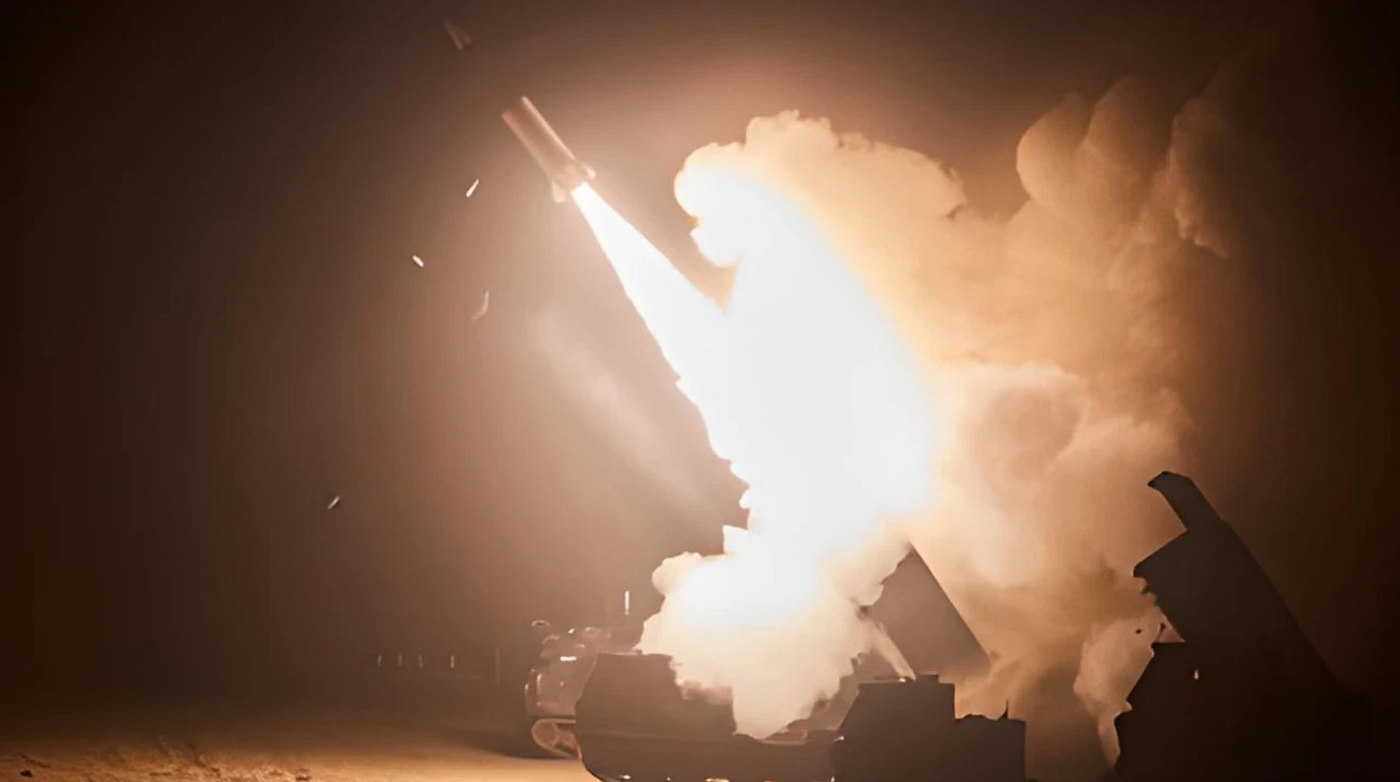 Ukrainian HIMARS systems launching ATACMS. Source: UAF
Ukrainian HIMARS systems launching ATACMS. Source: UAF
The Status:
Russia’s 2022 invasion changed the European defense space and since then, various allies have provided systems and support in aid of Ukrainian Defense. During that time, there’s been many calls for various long range fire systems with one of the loudest calls being for the M270 & HIMARS compatible MGM-140 ATACAMS. Known as the Army Tactical Missile System, ATACMS comes in various configurations, with varying ranges, payloads and guidance systems.
While HIMARS & GMLRS were provided quite quickly, the provision of ATACMS rockets to Ukraine remained elusive, despite many loud and frequent calls. In early 2023, it was even rumored that the HIMARS provided to Ukraine had firmware locks that disabled communication with ATACMS, meaning that the donated systems were not able to fire the weapon even if they were provided them. There’s a significant difference in range and payload between ATACMS and GMLRS. Source Wikipedia
There’s a significant difference in range and payload between ATACMS and GMLRS. Source Wikipedia
With the delivery of Storm Shadow & SCALP EG systems some of the ongoing pressure on HIMARS was relieved, giving the Ukrainian Air Force the ability to launch long range attacks using it’s tactical SU-24 fighters. It was also the first taste of a true, long range capable weapons that was able to genuinely threaten long range targets within contested territory.
However the need for the weapon to be air launched provided additional strain in an environment where no one side was able to claim true air superiority and because of this, ATACMS retained significant value when assessed against other options in theater.
The System: The MGM-140 ATACMS
Designed for use in the M270 & M142 MLRS, the ATACMS is a long range rocket with various payloads available for delivery. An older design, that is scheduled to be replaced with the Precision Strike Missile into the future, the ATACMS is a battle tested and proven system.
However to fully understand the variances within the system we must look a little deeper into the various blocks, range and warhead types.
Like many other US designed systems, the ATACMS has been released in block numbers, which denote various differences between the assorted rockets. While we won’t delve to deeply in to this, for the importance of today’s article we must understand a few things beforehand.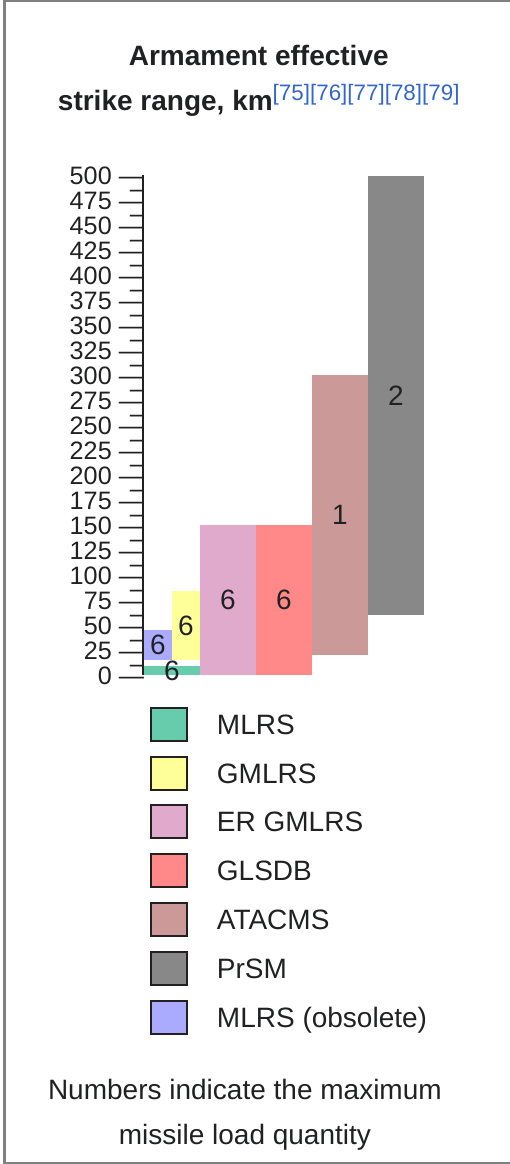 Firstly, the system supplied for use to Ukraine was comprised of Block 1 Rockets. Because of this we can observe a number of traits that are relevant to this attack.
Firstly, the system supplied for use to Ukraine was comprised of Block 1 Rockets. Because of this we can observe a number of traits that are relevant to this attack.
- Block 1 systems are the oldest of the ATACMS, being manufactured in the mid 1990’s. This means some war shots are approaching, or have passed their expiry dates.
- Block 1 systems use a warhead equipped with cluster bomblets — over 900 in a single weapon. The USA tends to be steering away from these. This makes them good candidates for use in the current war.
- Block 1 systems have a different range to later variants with an estimated effective range of around 100 miles. This makes them more useful then GLMRS without being capable of deep strikes within Russia.
- There is no internal GPS on the Block 1. Guidance is provided by an inertial navigation system (INS). This is perfect for operating in areas that may be suffering from effective GPS denial strategies.
The Attack:
While the word first started to spread on social media, it took a release by AFU StratCom for the word to become official. This occurred on the 17th of October when the following press release was issued
While examining social media further reveals the following post:
It’s worth noting that at the time of this post, it was assumed it was another strike that was carried out using Storm Shadow / SCALP cruise missiles. However further information came to light revealing this was not the case.
Known as Operation Dragonfly, the attack was carried out using a small number of expired Block 1 ATACMS rockets that had been donated by the United States. As we mentioned earlier these weapons had a number of unique qualities that made it useful for this attack, with the lack of GPS guidance proving to be particularly useful in this case.
The other thing that made it useful for this style of attack, was its cluster munition warhead. With hundreds of incendiary bomblets onboard it’s perfect for attacking soft targets around airfields, which include aircraft, fuel and storage facilities and the skilled ground personal that keep said aircraft battle ready. Let’s look a bit closer at that warhead for a moment.
Known as the M74 Submunition, the system is designed to damage soft targets regardless of their type, and uses the same tungsten internals similar to other HIMARS rockets.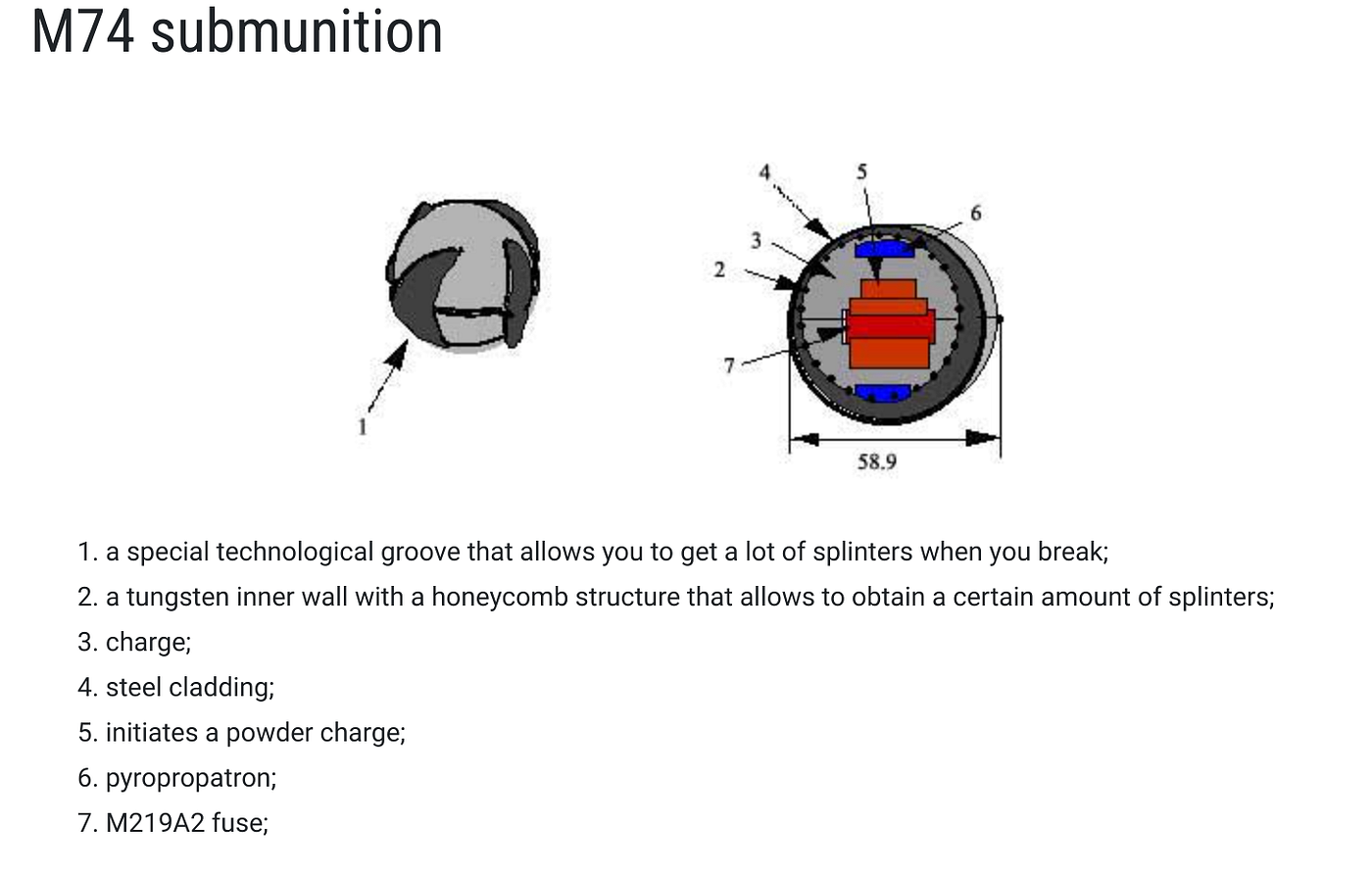 M74 Submunition. Source: missilery.info
M74 Submunition. Source: missilery.info
As we can see they feature an internal incendiary charge designed to fragment and provide blast effect. We can see how the dispersal of these submunitions works in the image below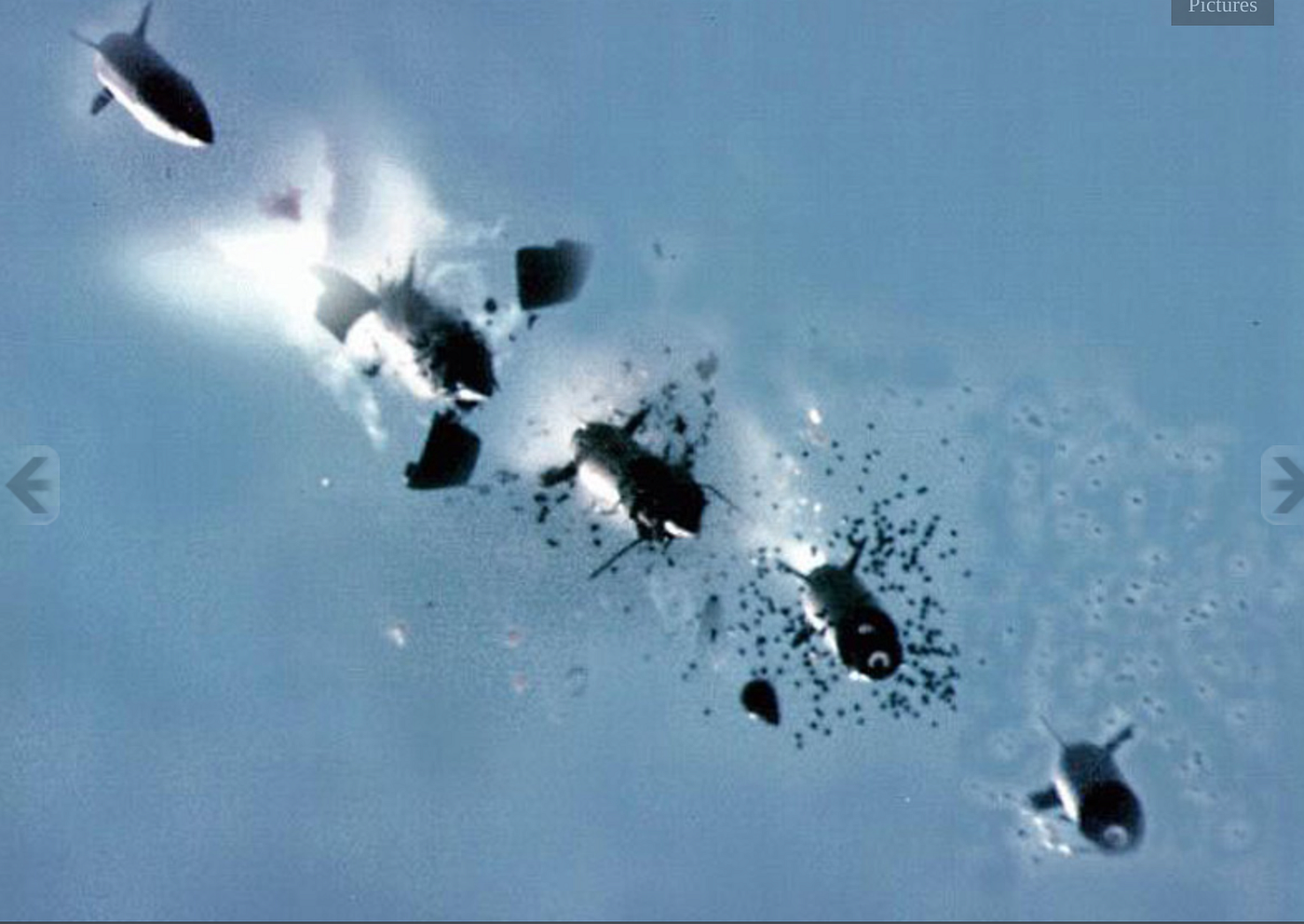
Now we understand how the system works, lets look at the main airfield
Deep inside contested territory, Berdyansk provided aviation facilities to various platforms in a location that was strategically useful.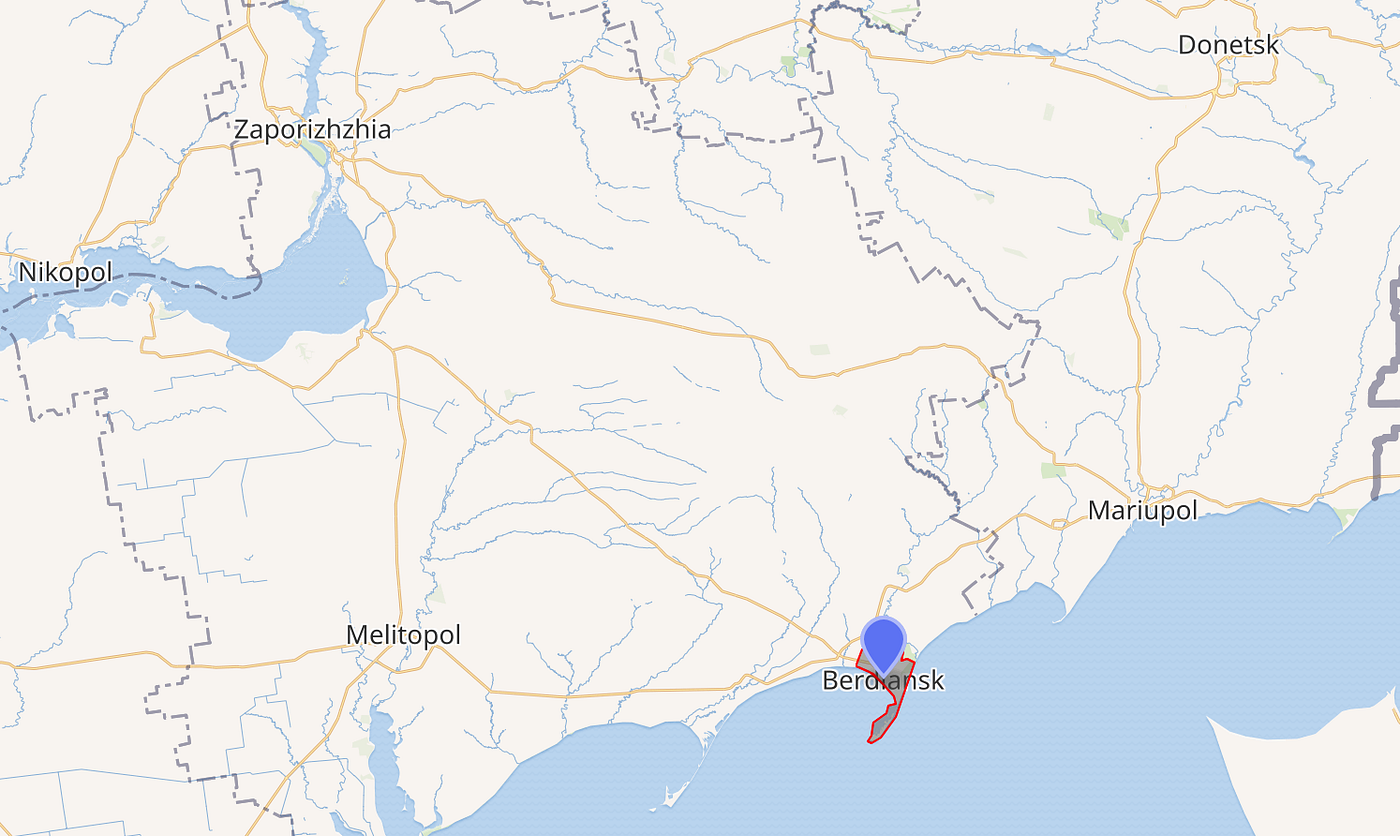
This value is due to it’s proximity to the current front lines, as well as the Black Sea. While the Black Sea fleet has been dispersed due to attacks, it’s reasonable to assume Russia need to maintain control over this territory if only for aviation purposes.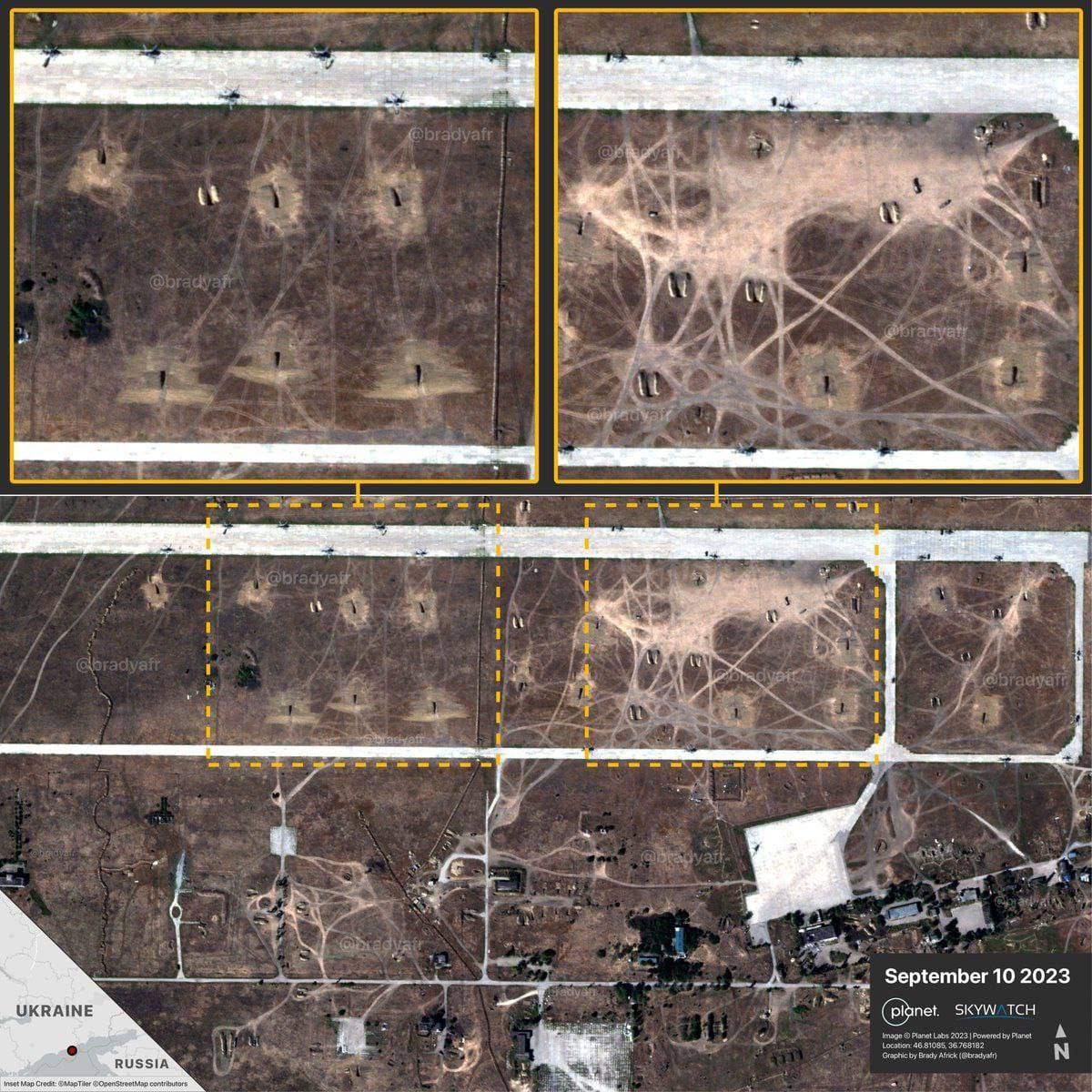 Satellite imagery taken in September show a large amount of aviation assets visible at the airfield, including KA-52 and Mi-8 helicopters. The Mi-8 aircraft provided various functions during the conflict, however it was the KA-52’s that were particularly valuable to the VKS as they provided a way to perform pop up attacks against Ukrainian armor.
Satellite imagery taken in September show a large amount of aviation assets visible at the airfield, including KA-52 and Mi-8 helicopters. The Mi-8 aircraft provided various functions during the conflict, however it was the KA-52’s that were particularly valuable to the VKS as they provided a way to perform pop up attacks against Ukrainian armor.
It’s also worth nothing that plenty of aircraft are sitting in the open, not in hardened shelters to assist in protecting them from aerial attacks. While hardened shelters can be compromised by a direct strike with a single warhead, typically cluster type munitions are not well suited to destroying assets within said shelters.
While information remains mixed on just how many systems were fired during the attack, open source satellite imagery gives us the chance to perform a BDA to assess how many platforms were lost, as well as what type they were.
As the following social media posts show, when initial verification was performed it was fires visible on satellite imagery that confirmed the attack. This imagery corroborated footage posted on social media by witnesses. This footage showed both Ka-52 and Mi-8 platforms burning after the strike.
On the Russian side, a post from the telegram channel fighter_bomber indicated that the attack was indeed significant.
Here’s the post translated in English While the fog of war is real, the official Ukrainian press release is worded as follows.
While the fog of war is real, the official Ukrainian press release is worded as follows.
Operation “DRAGONFLY”. Successful operation of the SSO of Ukraine to attack airfields in Berdyansk and Luhansk
Special operations forces received information about the enemy’s use of airfields in temporarily occupied Berdyansk and Luhansk, as well as the presence of a significant amount of aviation and special equipment and ammunition.
The specified information has been verified and confirmed. The coordinates and the necessary data have been transferred to the units of the Defense Forces. As a result of the fire strike on the night of October 16–17, the occupiers suffered significant losses.
According to the latest data, the following were destroyed in Berdyansk and Luhansk:
✔️nine helicopters of various modifications
✔️ special equipment that was located at airfields
✔️ anti-aircraft missile launcher
✔️ ammunition warehouse
✔️ airfield runways were damaged
The ammunition depot in Berdyansk detonated before 4 am. The detonation in Luhansk lasted until 11 am.
Losses in the enemy’s manpower amount to dozens of dead and wounded. Bodies are still being pulled from the rubble.
The Consequences
At this stage of the conflict it’s pretty well understand that UAF often conduct operations that are designed around psychological and kinetic effect equally. A good example of this is the loss of the Mosskva, the consequences of which reshaped the dynamic around the Black Sea Fleet.
While the use of ATACMS may have been a one off, the ramifications of it is that planners will now have to factor this in to their long term planning. This means that for further mitigation, assets will either need to be relocated, or stored within hardened shelters to receive additional protection.
There’s also a significant tactical impact as well, due to the size of the KA-52 fleet when measured against other losses within the conflict.
The KA-52 fleet prior to the war was quite small, with around 120 platforms available for use.
Analysis from Oryx show that during the course of the war, at least 58 Ka-52 have been attritted. This puts the fleet loss at just under 50%, a significant reduction in available, flight ready platforms.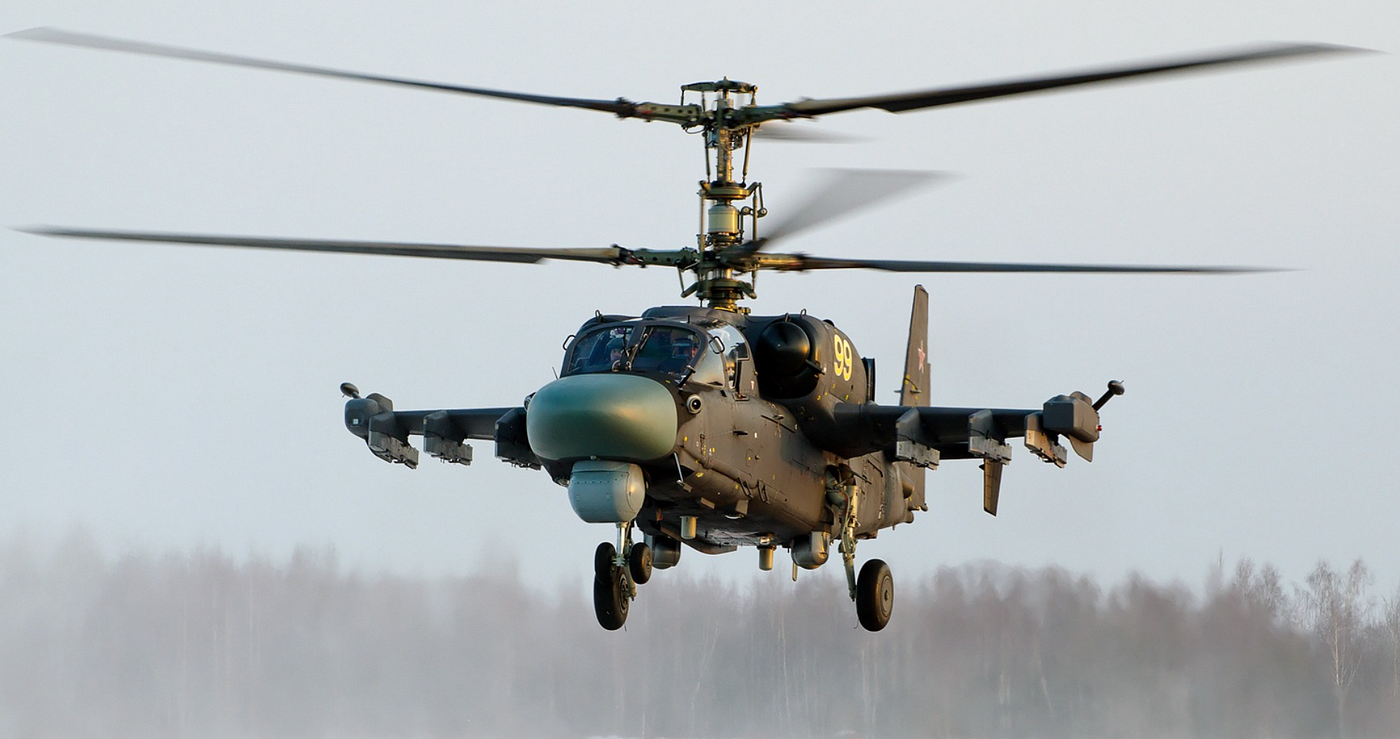 The Ka-52 has been a strong contributor for Russia during the counter offensive as it provided the ability to use long range missiles to attack Ukranian Armour while staying out of the range of short range air defense systems. The degradation of this platform will inhibit Russia’s ability to capitalize on this advantage, which should provide some flexibility for Ukraine on the battlefield.
The Ka-52 has been a strong contributor for Russia during the counter offensive as it provided the ability to use long range missiles to attack Ukranian Armour while staying out of the range of short range air defense systems. The degradation of this platform will inhibit Russia’s ability to capitalize on this advantage, which should provide some flexibility for Ukraine on the battlefield.
While the discovery of sanctioned electronics has been observed within combat deployed systems during the conflict, these same sanctions mean that each aircraft lost degrades capability with little chance of replacement into the future.
You’d have to call that a net positive for Ukrainian forces.
Medium has recently made some algorithm changes to improve the discoverability of articles like this one. These changes are designed to ensure that high-quality content reaches a wider audience, and your engagement plays a crucial role in making that happen.
If you found this article insightful, informative, or entertaining, we kindly encourage you to show your support. Clapping for this article not only lets the author know that their work is appreciated but also helps boost its visibility to others who might benefit from it.
🌟 Enjoyed this article? Support our work and join the community! 🌟
💙 Support me on Ko-fi: Investigator515
📢 Join our Telegram channel for exclusive updates or.
🐦 Follow us on Twitter and
🟦 We’re now on Bluesky!
🔗 Articles we think you’ll like:
- Software Defined Radio & Radio Hacking
- OSINT Unleashed: 5 Essential Tools for Cyber Investigators
✉️ Want more content like this? Sign up for email updates here













![[LIVE] Engage2Earn: McEwen boost for Rob Mitchell](https://cdn.bulbapp.io/frontend/images/c798d46f-d3b8-4a66-bf48-7e1ef50b4338/1)





![[ℕ𝕖𝕧𝕖𝕣] 𝕊𝕖𝕝𝕝 𝕐𝕠𝕦𝕣 𝔹𝕚𝕥𝕔𝕠𝕚𝕟 - Is Trump Dying? Or Only Killing The Market?](https://cdn.bulbapp.io/frontend/images/a129e75e-4fa1-46cc-80b6-04e638877e46/1)


















